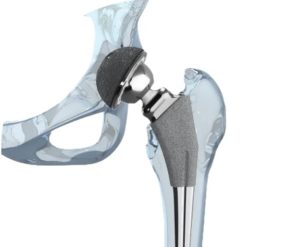Future spinal cord injuries may have a dramatically reduced chance of leading to paralysis, thanks to some very courageous rats, a common food dye and scientists at the University of Rochester Medical Center. Recent research there may soon lead to new treatment for those with spinal cord injuries.
The real damage from spinal cord injuries comes from the swelling that occurs in the area of the injury soon after the original trauma. Adenosine Triphosphate (ATP) typically floods the area of injury, which swells, killing off cells. Remarkably, Brilliant Blue G food dye, a derivative of Blue No. 1 has now been found to have the ability block ATP, reduce swelling and keep more cells alive.
The trade off is that you will turn blue. But, since the swelling and ATP influx are only a problem during the early stages of the injury, you won’t have to remain that way. The skin of the rats used in the study turned a vibrant blue color, but it dissipated within a week.
I, for one, would have no problem being turned blue for a few weeks if it meant I wouldn’t lose the use of my legs. I might even be willing to remain blue permanently if I had to. I imagine many of you would agree. Still, researchers warn:
"The therapeutic dye is still several years away from reaching emergency rooms. In the meantime, patients with spinal cord injuries might want to drink blue Gatorade for its possible healing benefits, Nedergaard said. (No other dyes are known to have the same effect.)"
This coupled with hypothermic treatments like that used on Kevin Everett of the Buffalo Bills for his spinal injury, could keep a lot more people walking, albeit still feeling a little blue.










Comments for this article are closed.